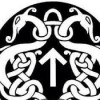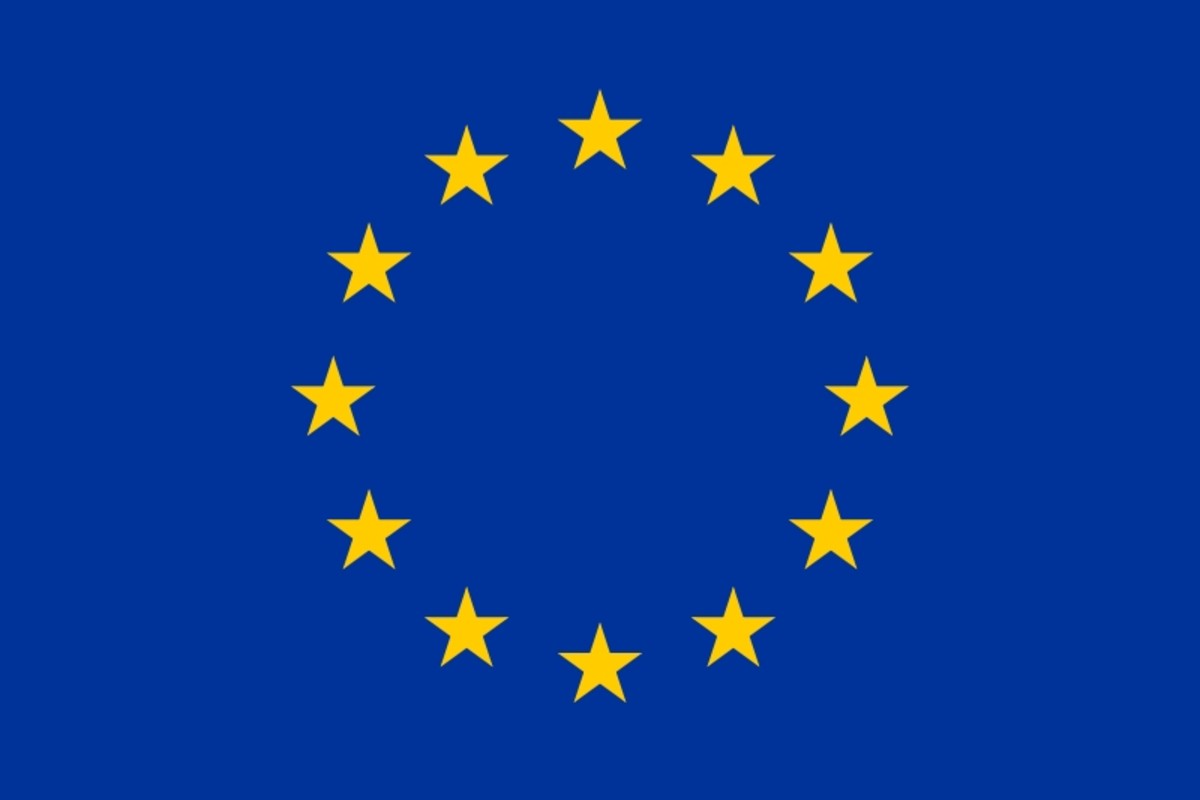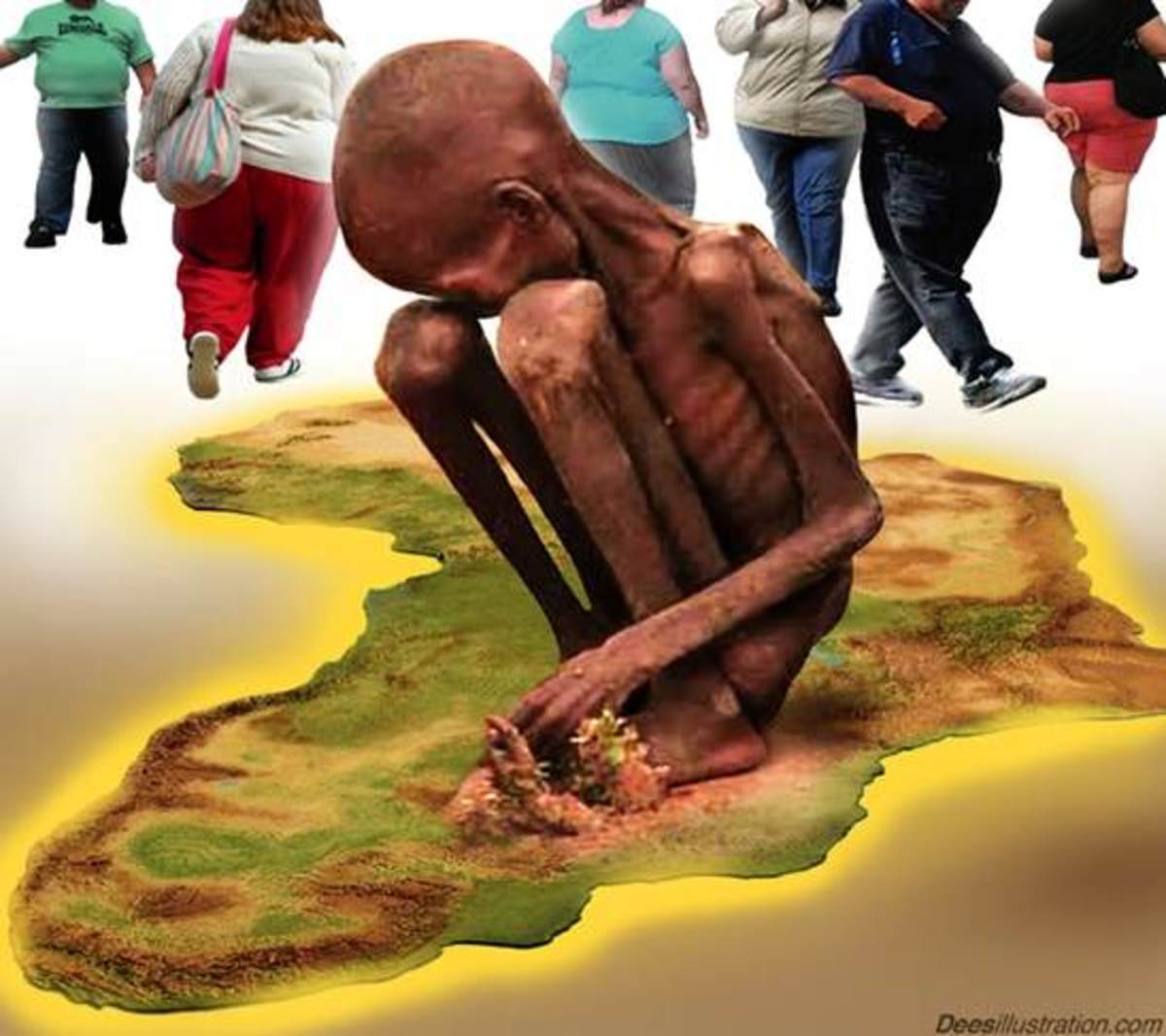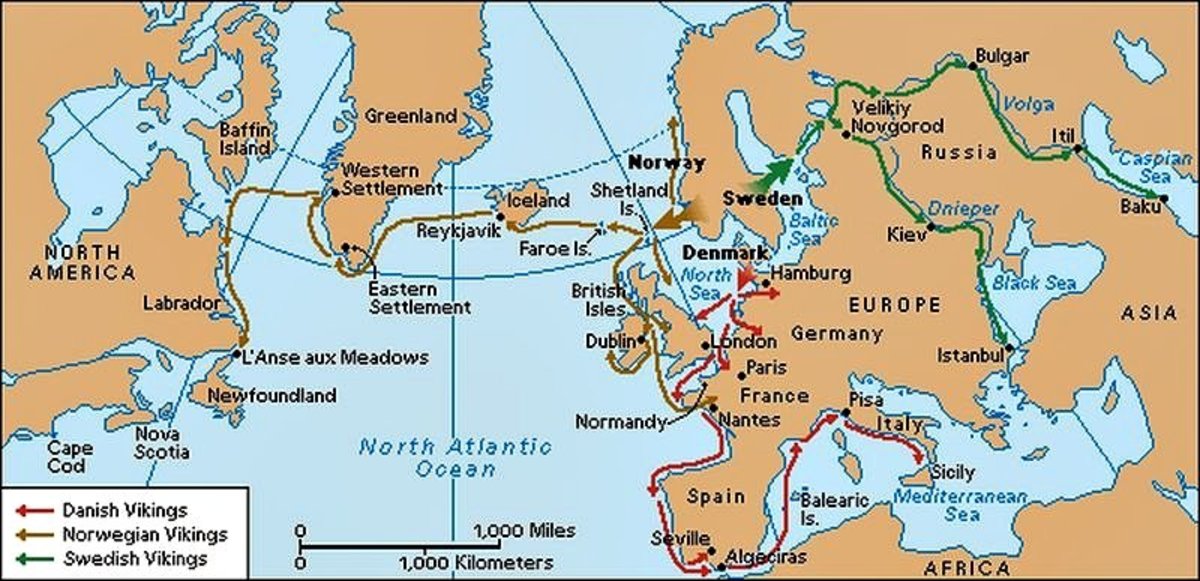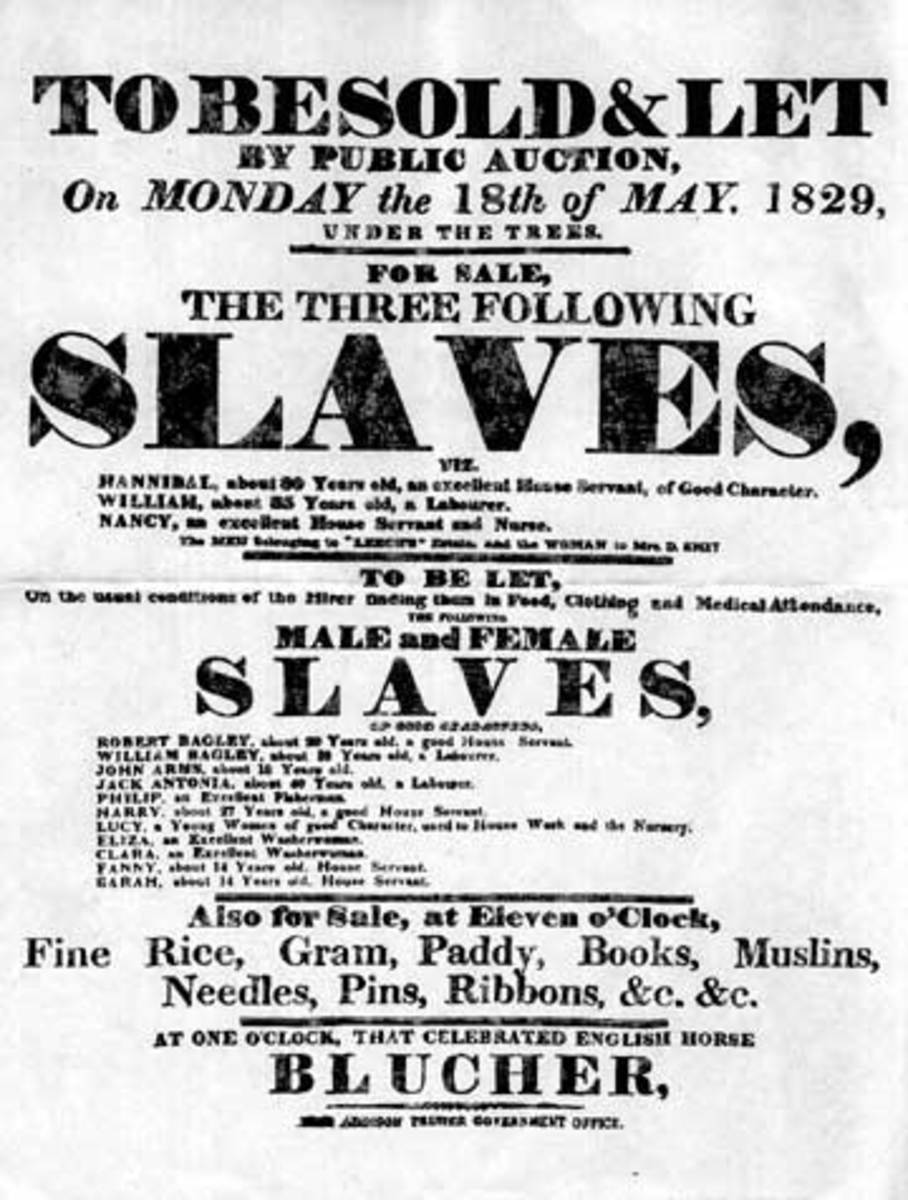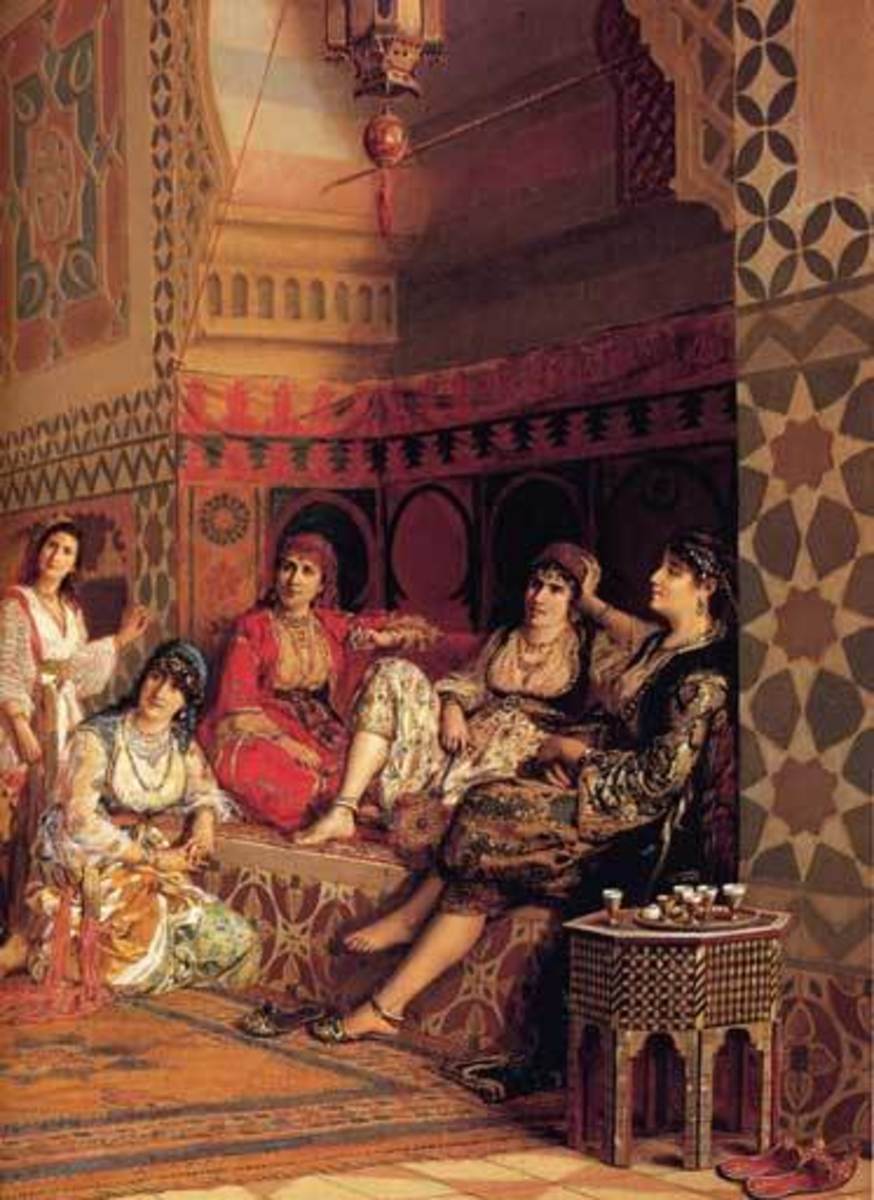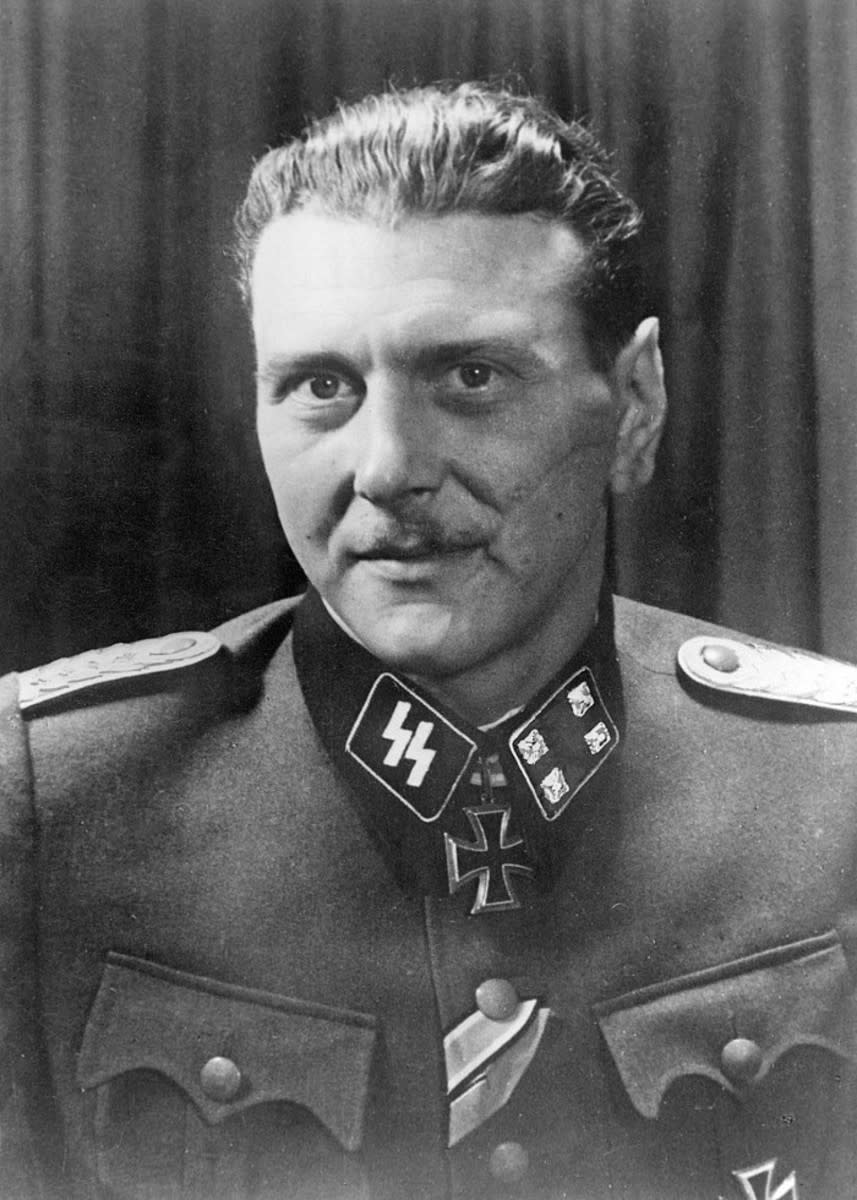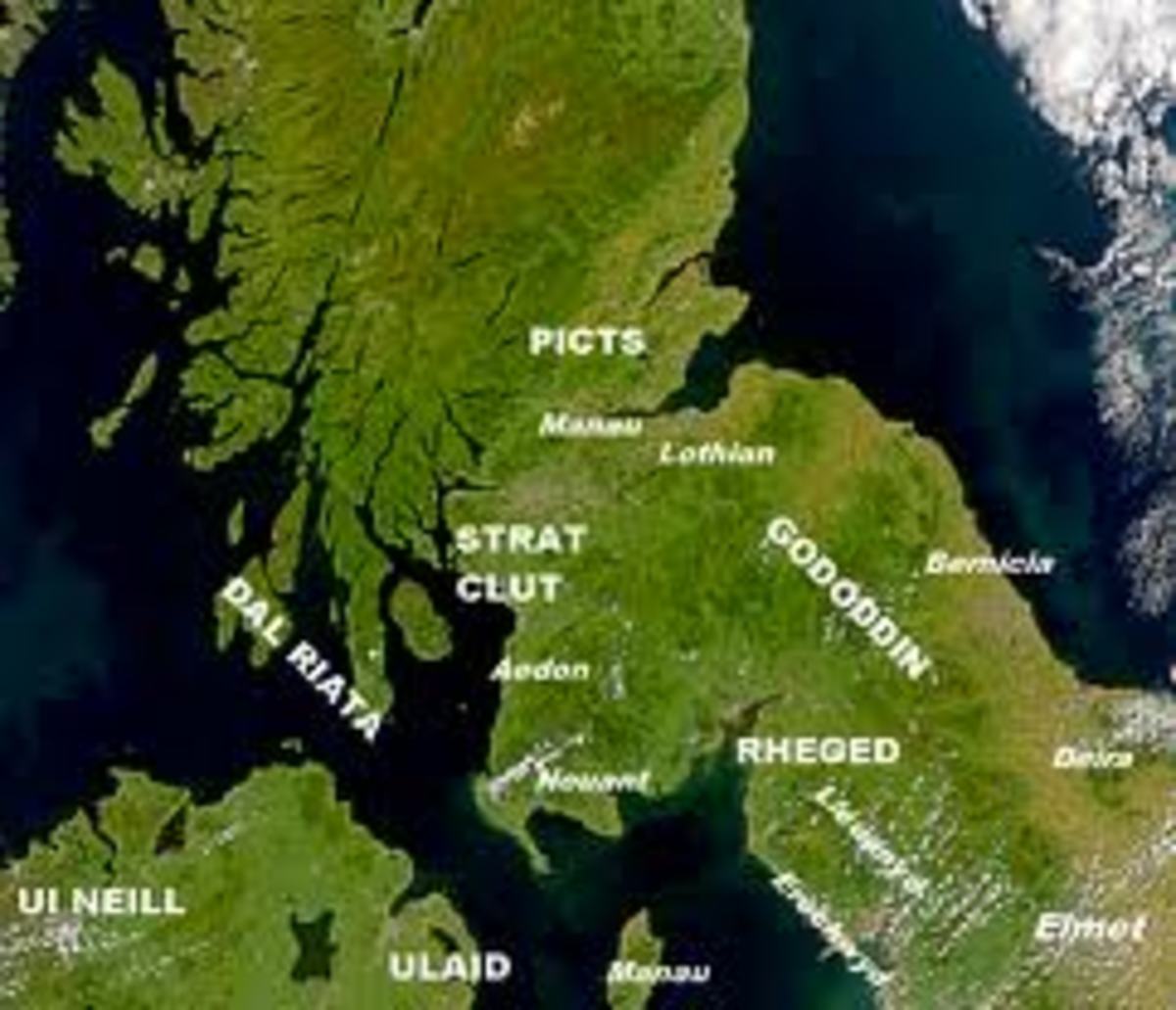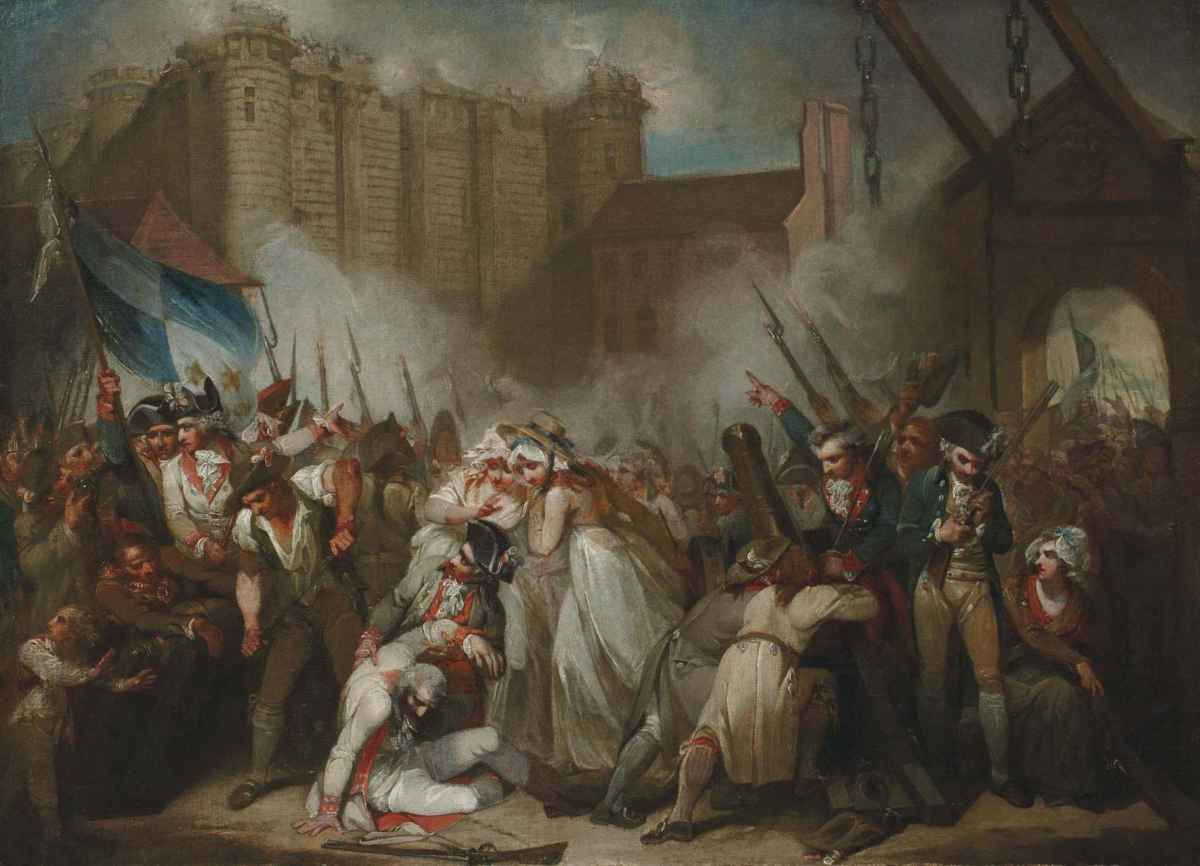The White Slave Trade in Europe.
A Blight on Human History.
Slavery is one of human kinds greatest failures, as a species, we have failed ourselves by exploiting and allowing this state of existence to continue throughout the many ages of man. Slavery is a stain upon our humanity, it is an evil that has flourished from our earliest ancestors through to the modern age that we live in today.
Slavery exists where despair and misery reside, it is as vile a creation as ethnic cleansing and it stems from the darkest places of our prejudices and selfish fears.
In this modern age, slavery continues to be an emotive subject and rightly so, when addressing the subject statesmen apologize for previous transgressions yet fail to realize that the subject is never going to be closed. It seems every politician who references the slave trade fails to recognize the issue has been ingrained in human history and continues in one form or another throughout the globe.
Slavery is not an African only issue, slavery has been practised all other the world. Defeated peoples were used as resources and displaced from their homelands to satisfy the needs of the victor. This occurred in Roman times, across the Medieval Age, In Korea at the of the Second World War and today, when innocent souls are trafficked from poverty to serve as anonymous sexual play-things across major European settlements.
The following article examines the various types of slavery that have been present in the continent of Europe since the start of recorded history.
The Instrument of Misery.
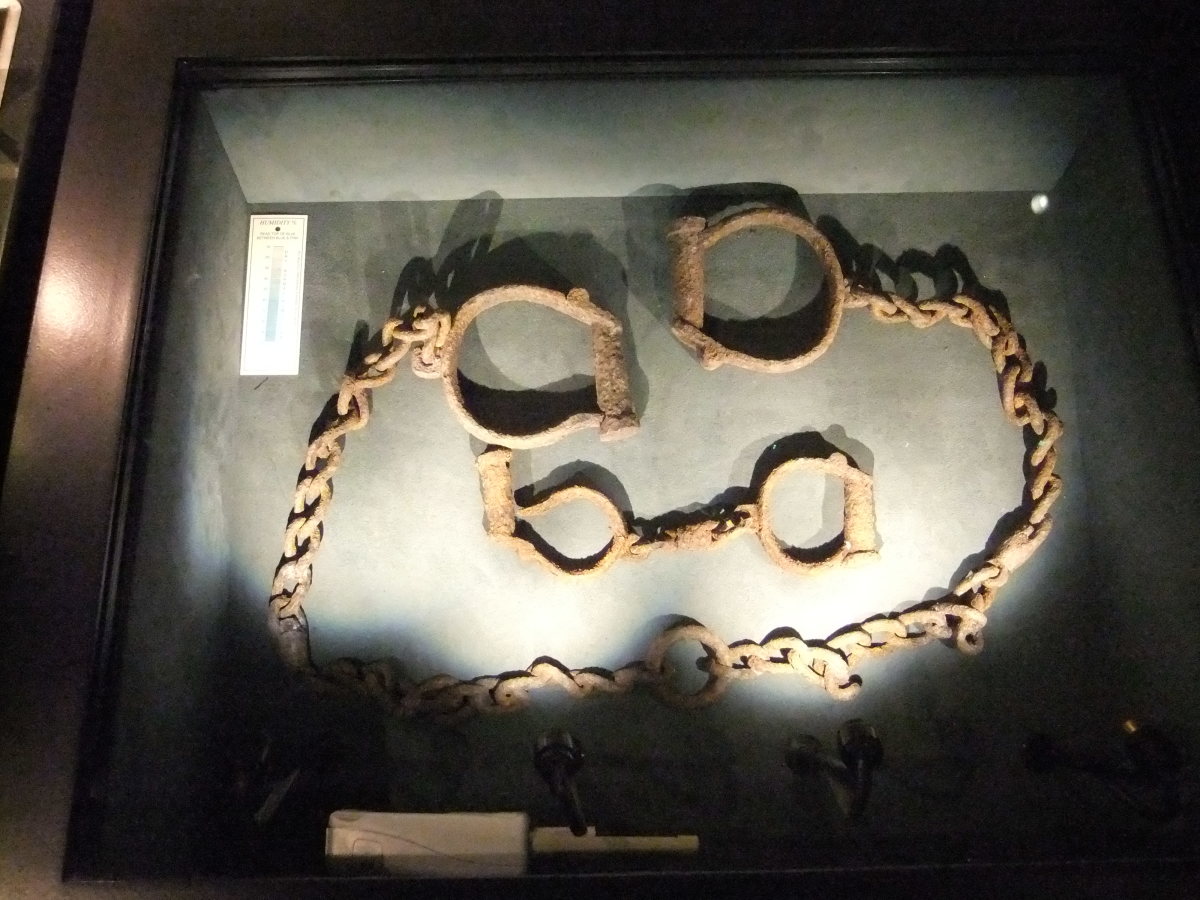
Subjugation of the Defeated.
The first form of slavery that existed in the continent of Europe, would have been the enslavement of defeated tribes by their victorious rivals. When the early European peoples were scrambling for their national boundaries, every effort was made to exploit any available resource of the defeated peoples. The taking of slaves to satisfy the needs of the ruling classes was extremely beneficial to the progress of the early European cultures.
The Celtic peoples of Europe often used their slaves as worthy human sacrifices to appease their many tribal gods. The use of these slaves allowed the ruling cultures to invest their efforts in other fields such as warfare, technology, philosophy and literature. In Ancient Greece, the Spartan civilization used defeated neighbouring people as the foundation for their military prestige and success.
The Messenian and Laconian underclass undertook much of the low-level work within the Spartan society. They tended to the fields, cared for the animals and produced much of the equipment used on and off the battlefield. The Messenian and Laconian men who served as Helots in the Spartan military could never rise above their station. No matter how well they served their Spartan masters, they had no prospects for advancement in life. Unfortunately for the Spartan civilization, it was a slave revolt that contributed to the downfall of their aggressive regime.
The Romans used slavery in several ways to assert their authority over their massive empire. They used the slaves for the use in domestic servitude, temple observance, military service and gladiatorial conflict. The image of slaves in the Colosseum is one of the first things we think of when we are reminded of the roots of European Slavery. The Germanic tribes that took over the lands of the fallen Roman Empire, adopted the traditions of previous dominant tribes and continued to use the surviving families of those they defeated in battle as their servile underclass.
Illustration of a Spartan Elite.
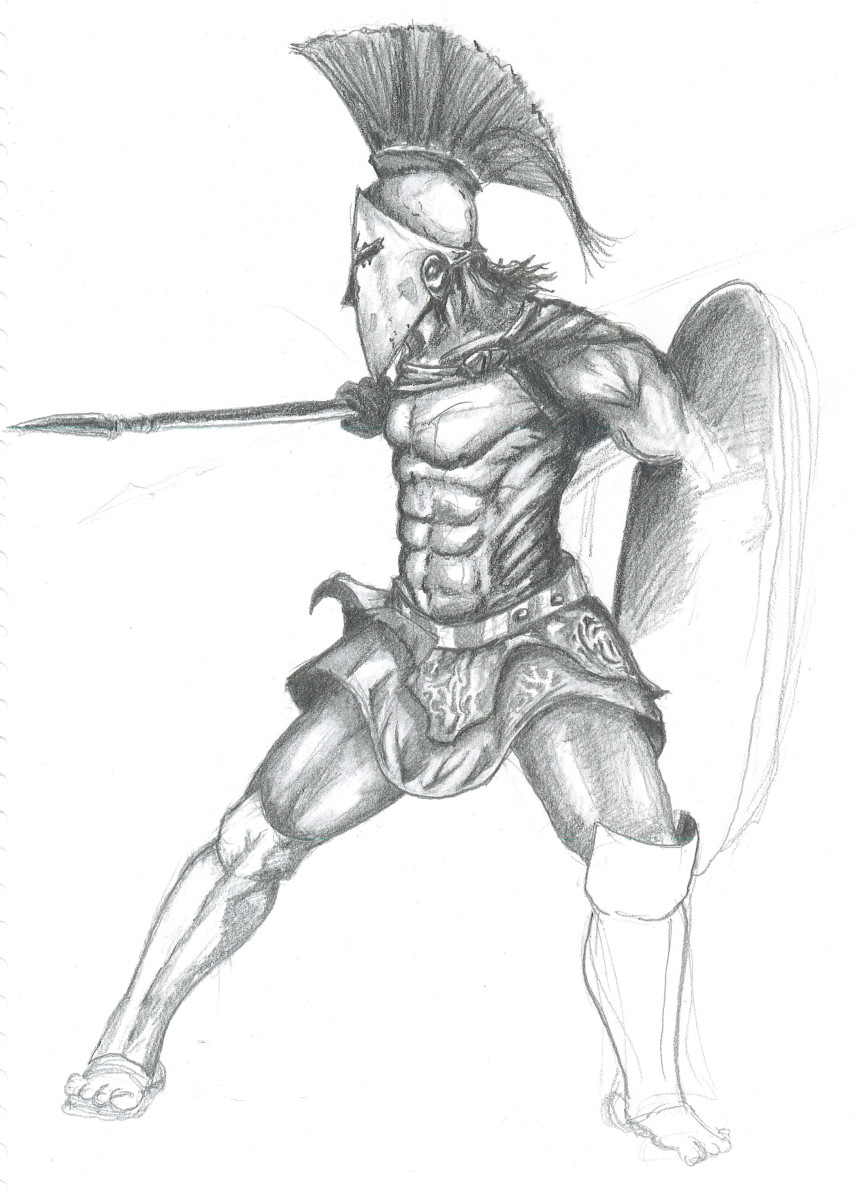
Definition of a Slave.
"A person who is the legal property of another and is forced to obey them."
The Viking Spoils of War.
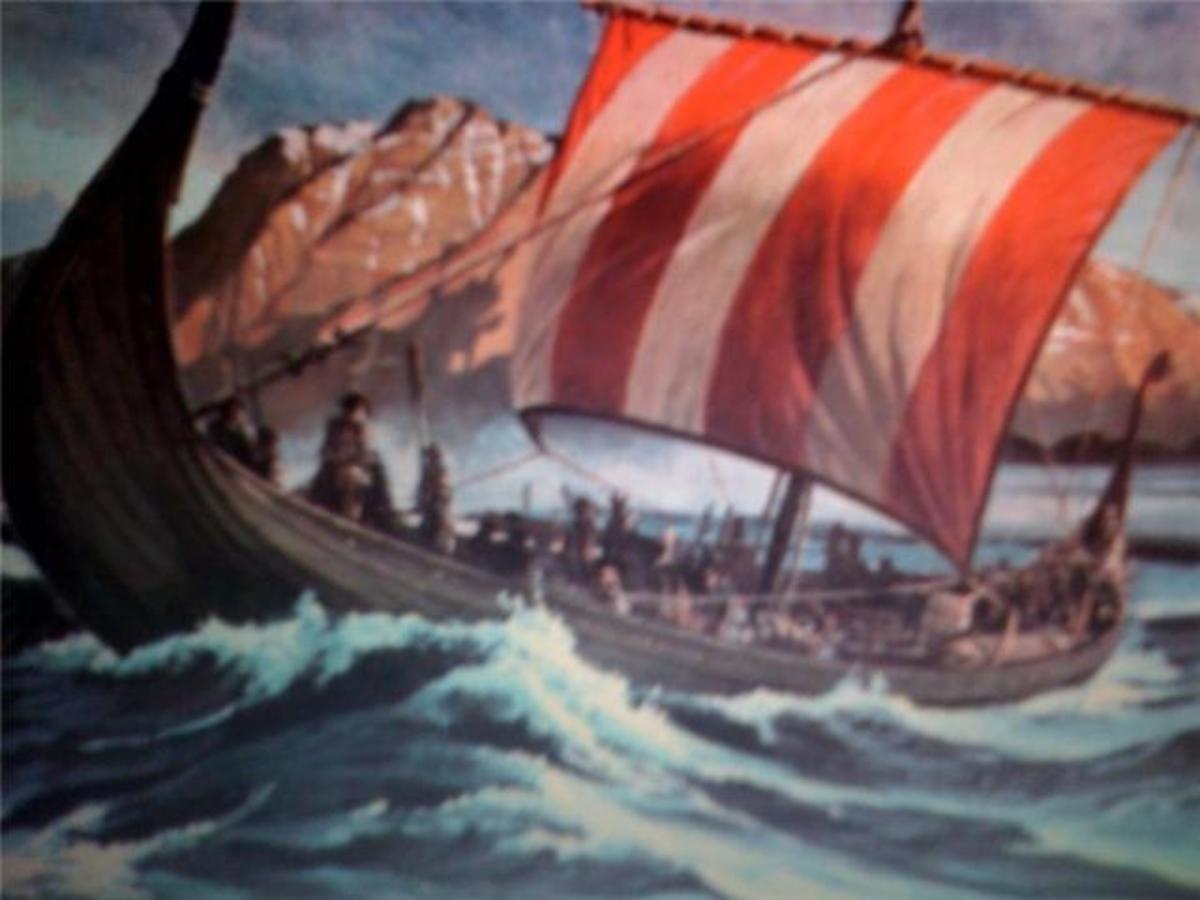
Viking Age Slavery.
The Norsemen of the Viking Age have a rich legend of removing villagers from their settlement and selling them into slavery. If the captured villagers were not sold, they would use their captives as servants within their own homestead. The Viking raids along the coastline and waterways of Western Europe yielded great amounts of plunder. As well as amassing silver, livestock, alcohol and other treasures from their arduous expeditions. The Vikings war bands happily took hostages to either ransom back to their families or to sell across the vast seas to the lucrative markets that had existed for many hundreds of years.
There is much evidence of an established trade between the Pagan Vikings and the Muslim Caliphates. The amount of Islamic silver coinage in Viking burials highlights the amount of trade that once existed between both peoples. The writings of prominent Arab scribes gave detailed accounts of the foreigner's behaviour and unwholesome practices. There is written evidence of a European woman been sold to the Caliph's harem. Eventually, she bore her master a son, who in time went on to inherit his father's powerful and prestigious position as the Caliph.
If the captive villager was not sold into slavery in the East, they could expect to work in the homesteads of Norse noblemen and warriors. The use of captive foreigners within the Viking home was accepted by the Norse society and they could under the right circumstances buy their freedom in a similar way that Roman slaves were once able. The slaves in Viking society were treated as property, in much the same way native females in Viking society were viewed.
For a Viking slave, there was always a possibility that they could meet a premature death in several ways. The penalty for drunkenly killing a slave was not a harsh price and given the Norse love of feasting, the occasional mead fueled incident could result in the slaughter of an innocent servant.
If the head of the Norse homestead died and they were important enough to be honoured with a Viking ship burial as his funeral rite. A favoured slave was often slaughtered and placed in the funeral ship. This was so that the favoured slave could tend to the needs of their master in the afterlife.
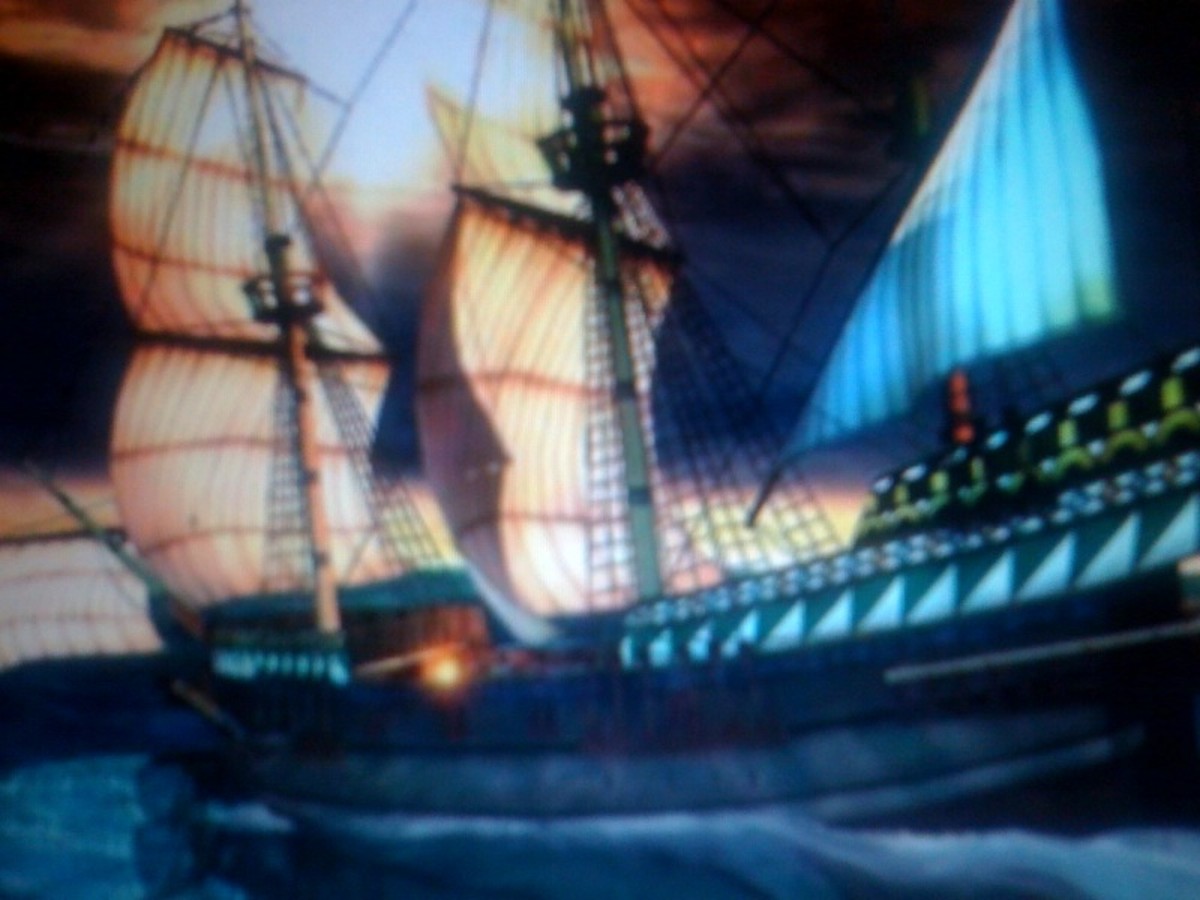
Middle Ages to Colonialism
Serfdom.
With the establishment of the countries and boundaries, that we now recognize as the modern states of Europe. The leaders of these kingdoms needed to establish a strong and defined hierarchy for their subjects to adhere to. In the newly established hierarchy of the Christian kingdoms, there were clear divisions between the ruling classes ( Royalty, lords, clergy and knights) and the lower classes of European peoples.
In this era, the Serfs had very few rights. In the countries that made up the Eastern boundaries of Europe, their existence was one of constant servitude and each generation mirrored the previous one's vocation.
A blacksmith would have a son and he would be a blacksmith, this would continue for generation after generation as the elite needed to maintain order.
Press Ganging.
The practice of removing young drunk men from the taverns scattered across the British coastline is not generally recognised as slavery as such, but on closer inspection, this behaviour matches up with some of the experiences of the African slaves who were transported to the American continent around the same time period. How cruel it must have been for a young lad in his late teens to be plied with drink all night by an unscrupulous stranger, then to be made unconscious by a severe blow to the head and kidnapped in the dead of night.
When the lad eventually would wake, he would be aboard a crowded naval vessel many miles from home. The pressed sailor has slim hopes of ever seeing family or friends ever again. The mortality rate among press-ganged and enlisted marines in the navies of Europe was extremely dire. These men became slaves to the vessels they were forced upon. These pressed sailors ran the risk of disease, loss of limbs, flogging, execution for treason, mutiny, accidents at sea, conflict, piracy and of course drowning beneath the waves.
Those few who did eventually return to their home towns came back changed forever. They would return to a life that was completely alien to them after all that they had been forced to endure.
Indentured Servants
Most white immigrants of European ancestry arrived in North America as indentured servants. These "White Slaves" were usually sent by their families to help alleviate family debts. The Indentured Servants were usually in their teenage years and came in their thousands from countries such as Ireland, Germany, Scotland, England, and Holland.
Not every Indentured Servant that left their European homeland flourished, their terms of service were long and America at the time was wild and untamed land. The difference between an Indentured Servant and a traditionally held view of a slave, was that an Indentured Servant had a guarantee of freedom after a set length of time. Whereas a slave was little more than a commodity that had all the same rights as cattle in the barn. In some cases, the cattle were valued much higher than the slaves that tended to the animal's basic needs.
The Barbary Pirates
The Barbary pirates or corsairs had their roots dating back to the rise of Islam in the Berber territories of North Africa. Like the Vikings of the Dark Age period, the Berbers raided isolated European coastal communities for fresh slaves to use in the slave markets of the Middle East and North Africa. The Berbers had little regard for the Christian villagers they preyed upon, they took them in great quantities over many years.
It is impossible to estimate how many White Europeans were enslaved between 700 AD to 1890s as many records were poorly kept. But for nearly one thousand years, coastal communities feared abduction by foreign hands. In time, the raiding of Europe's coastline ceased due to collective defence and aggressive assaults upon Barbary bases by the superior European naval powers.
Some of the notable countries that the Barbary pirates raided were...
Iceland.
France.
England.
Spain.
Italy.
Malta.
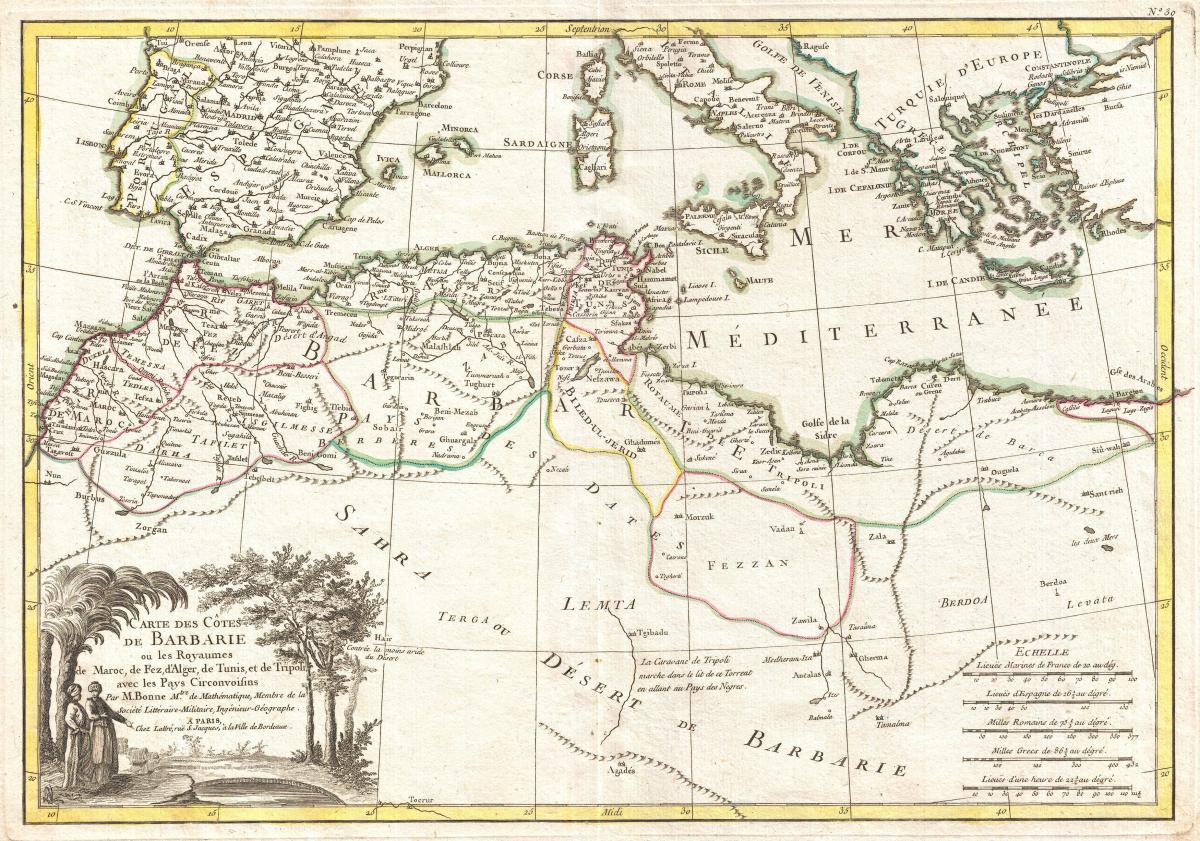
Slave Labour in the Third Reich.
The Nazi regime that ruled Germany and much of Europe in the Second World War used the ethnic minorities they saw as inferior as a massive pool of slave labour that they would ruthlessly exploit. Often displaced from their homeland and sent to work in either menial or dangerous occupations to assist the Axis war effort. These unpaid workers were subject to appalling conditions and sadistic beatings. These poor and unfortunate people became trapped and oppressed by the Nazi war machine. They were paid no wage, fed the merest of food rations and forced to work with minimal sleep after back-breaking shifts.
The Nazi elite saw their slave workforce as expendable and beneath any true worth. The slaves in the Nazi apparatus were a varied mix and their treatment was judged along ethnic lines. Hostility and contempt were reserved for those slave workers of Slavic or Jewish stock. Political and social opponents to the Nazi regime fared just as poorly as they were deemed traitors to their race. Those who fared best in the Nazi slave system were those who matched the Nazi eugenics criteria and were not of a Marxist persuasion. Prisoners of war, although still terrorized, suffered little in comparison to the crimes against humanity that were enacted against the Nazi Parties ideological enemies.

Can Slavery ever be erradicted from Human civilization
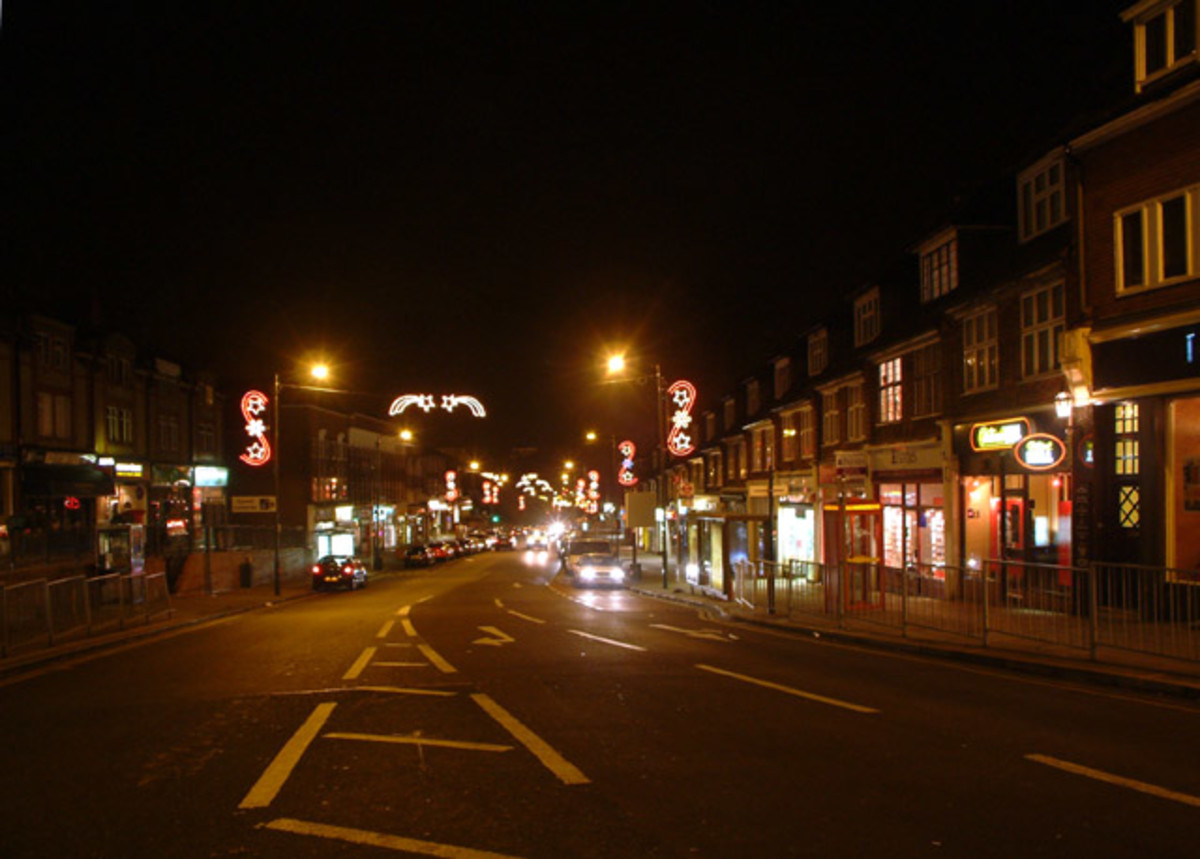
Human Trafficking: The World's Modern Form of Slavery.
Modern Europe still suffers from a silent form of slavery. There are thousands of anonymous people who can be seen in every major European city yet are without fundamental human rights. This modern slavery is evident with the influx of large numbers of foreign citizens that have been moved into the big cities so they can work in the dark and seedy sex industries. These young people are taken away from their poor homelands by organized criminal gangs. Sometimes they are sold by their families or are found by unscrupulous criminals having escaped from absolute poverty.
They are then exported to the more affluent areas of the European continent, so they can work in the dark shadows of society. Once they arrive the new influx of disenfranchised immigrants are routinely abused and made to become addicted to narcotics. In doing so, these modern-day slaves are permanently indebted to their handlers and have no realistic chance of escaping this terrible plight.
In Conclusion
From this article, I hope we can all understand that slavery is not a matter of one person's skin colour dominating those of a different colour. The problems of slavery of one race is that of the human race. We should never believe that the problem has been consigned to our dark histories, as the problem is here still in the present.
To combat the deplorable act of slavery we need to acknowledge that it has been widespread throughout our existence. With education and a greater highlighting of the problem, it may be possible to make changes for everybody to escape these ancient and shameful shackles.
This content reflects the personal opinions of the author. It is accurate and true to the best of the author’s knowledge and should not be substituted for impartial fact or advice in legal, political, or personal matters.
© 2013 Andrew Stewart
